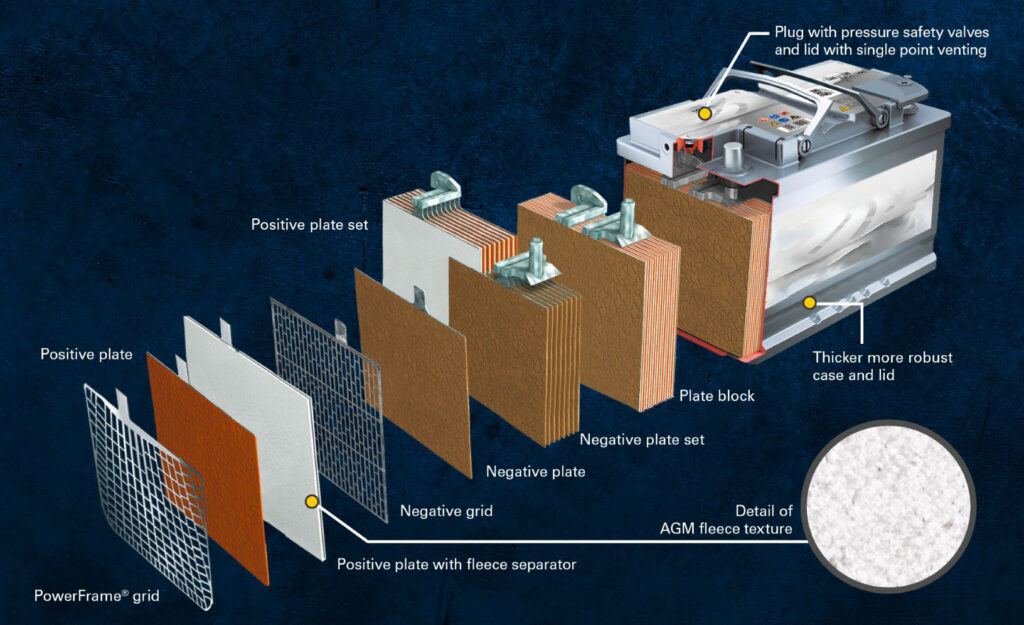Several raw materials play a significant role in affecting the price of lead-acid batteries.
- Lead: As the primary component of lead-acid batteries, the price of lead has a direct impact on the overall cost of manufacturing batteries. Fluctuations in lead prices, influenced by factors such as supply and demand dynamics, mining regulations, and geopolitical events, can affect the cost of producing lead-acid batteries.
- Sulfuric Acid: Sulfuric acid is another essential material used in lead-acid battery manufacturing, primarily as the electrolyte. Changes in the price of sulfuric acid, driven by factors such as sulfur and natural gas prices, transportation costs, and regulatory changes, can influence the overall cost of producing lead-acid batteries.
- Plastic: Lead-acid batteries typically have plastic casing and separators. The price of plastic can vary based on factors like oil prices (since plastic is derived from petroleum), demand for plastic in other industries, and environmental regulations affecting plastic production.
- Other Metals and Materials: Lead-acid batteries may contain other metals such as antimony, calcium, tin, and selenium in small quantities, depending on the battery design. Changes in the prices of these metals and materials, influenced by factors like mining costs, demand from other industries, and geopolitical factors, can impact the overall cost of manufacturing lead-acid batteries.
- Labor and Energy Costs: Labor and energy costs also play a significant role in determining the overall manufacturing cost of lead-acid batteries. Changes in labor wages, energy prices, and manufacturing efficiency can affect production costs and, consequently, the price of lead-acid batteries.
- Recycling Costs: Lead-acid batteries are recyclable, and a significant portion of lead used in battery manufacturing comes from recycled sources. Therefore, changes in the cost of lead recycling, influenced by factors such as recycling technology advancements, environmental regulations, and demand for recycled lead, can impact the overall cost structure of lead-acid batteries.
Overall, fluctuations in the prices of lead, sulfuric acid, plastic, other metals and materials, labor, energy, and recycling costs can collectively affect the price of lead-acid batteries in the market.


